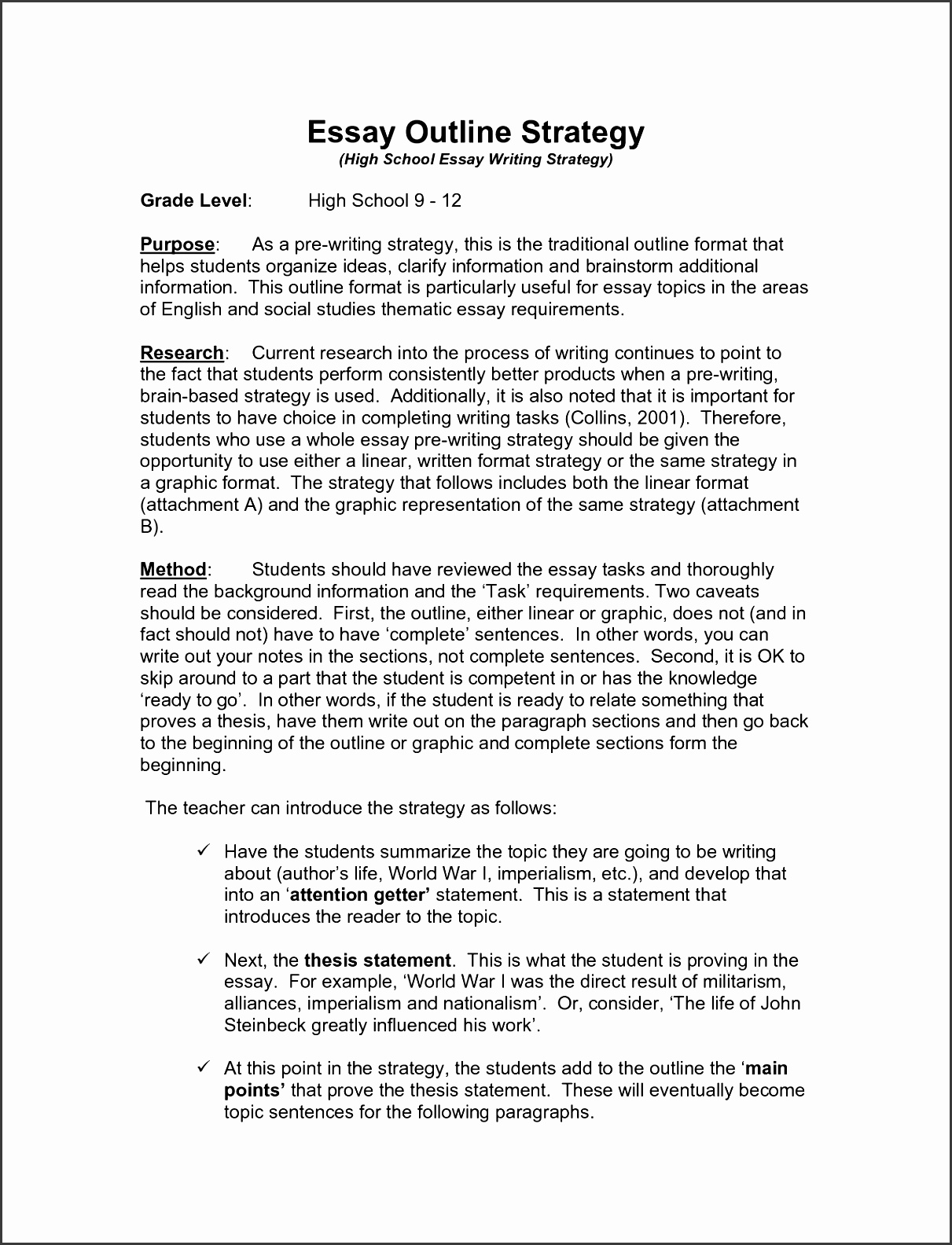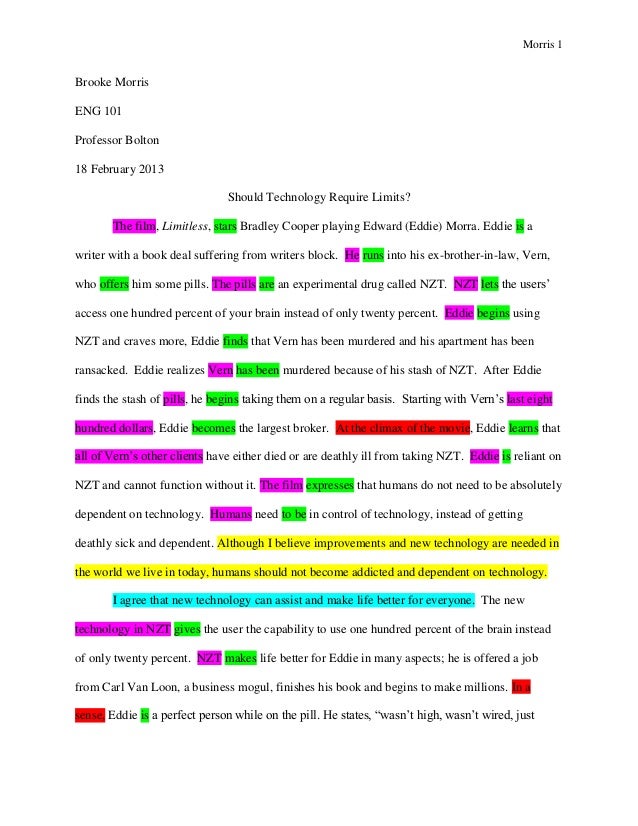

Through an examination of the evidence related to religion, family and language, including the effects of colonisation on these areas of society, this essay will demonstrate aspects of indigenous beliefs, customs and practices that managed to endure. However, aspects of the culture of some indigenous groups survived and even thrived-it was not completely decimated. In particular, the introduction of new diseases and the consequent demographic collapse dramatically weakened indigenous culture and their ability to resist Spanish domination. This is an example of a good introduction:īeginning in the sixteenth century, Spanish colonisation of the Americas had a significantly negative effect on the cultural practices of the indigenous population. It will look at the areas of family, religion and language. This essay will examine the issue of whether or not indigenous culture was completely decimated in the Americas as a result of Spain’s colonisation in the 16th century. Despite the fact that he believed he had landed in the East Indies, Columbus had found another continent entirely. In 1492, Columbus set sail from Spain on a quest to find a new trade route to Asia. This is an example of a poor introduction: These example introductions are for the same 1,000-word essay used for the examples given in earlier stages of this guide, ‘How to Begin’ and ‘How to Organise Your Research’. Then, compare it with the example of a good introduction below that. See the following example of a poor introduction. Including irrelevant background information in the introduction is a common mistake made by novice academic writers. Also, your introduction should include no information that is not directly relevant to your topic. Some other points to remember when writing your introduction are that you need to clearly state your answer to the essay question (your thesis statement), not just introduce the question. (You should not discuss any topics in the body of your essay that you have not mentioned in the introduction.) Of course, you should always come back to your introduction at the end of writing your essay to make sure that it definitely introduces all the topics you discussed. For more information, please see our blog article ‘ Simplicity in Academic Writing’.Īs you already have a clear idea of what your essay will include, you can write your introduction first. Instead, use inclusive and gender-neutral vocabulary. (These are characteristics of informal or spoken language.) It is also important to avoid racist, sexist and gender-specific language in your writing. Colloquialisms and idiomatic language should be avoided. The only time you should see a contraction in academic text is in a direct quotation, usually taken from informal or spoken text.Ĭare should be taken to craft grammatically correct sentences, with no errors of spelling or punctuation. Conversely, contractions (e.g. shouldn’t, could’ve, he’s and hasn’t) are always inappropriate in academic writing. You should never use 20 words when 10 will do and your writing should leave no room for misunderstanding or confusion.įirst person should almost always be avoided when writing an essay however, it is recommended that you check with your tutor or lecturer about their attitude towards the first person and when it should be used, if ever.

Formal academic language is clear and concise.

You have already compiled your list of references or bibliography, and have easy access to all the details you need to correctly cite and reference your work.īefore starting to write your essay, you must understand that using formal academic language is essential when writing at university. You know exactly what information each paragraph of your essay should contain.You know what points you will make under each topic and will discuss each of these in a new paragraph.You know how many words should be spent on these topics, based on their importance to supporting your answer.You know the best order in which to discuss these topics.You know the main topics you will discuss to support your answer.You have a clear idea of your answer to the essay question.

This timesaving comes from the fact that you have already made all the big decisions about your essay during the research phase: Together, these documents provide a clear map and all the information you need to write a well-structured essay, in a fraction of the time it would otherwise take.
#ESSAY ROUGH DRAFT EXAMPLE HOW TO#
Part 4: How to Write the First Draft Introductionīy this stage, you will have a final essay plan and a research document that presents your findings from the research stage in an organised and easy-to-use way.


 0 kommentar(er)
0 kommentar(er)
